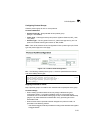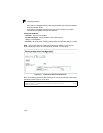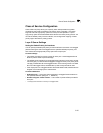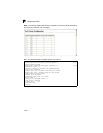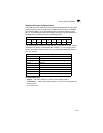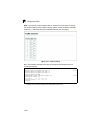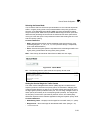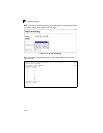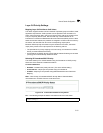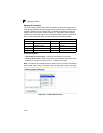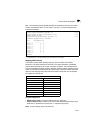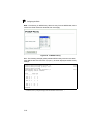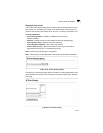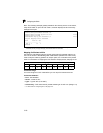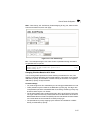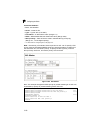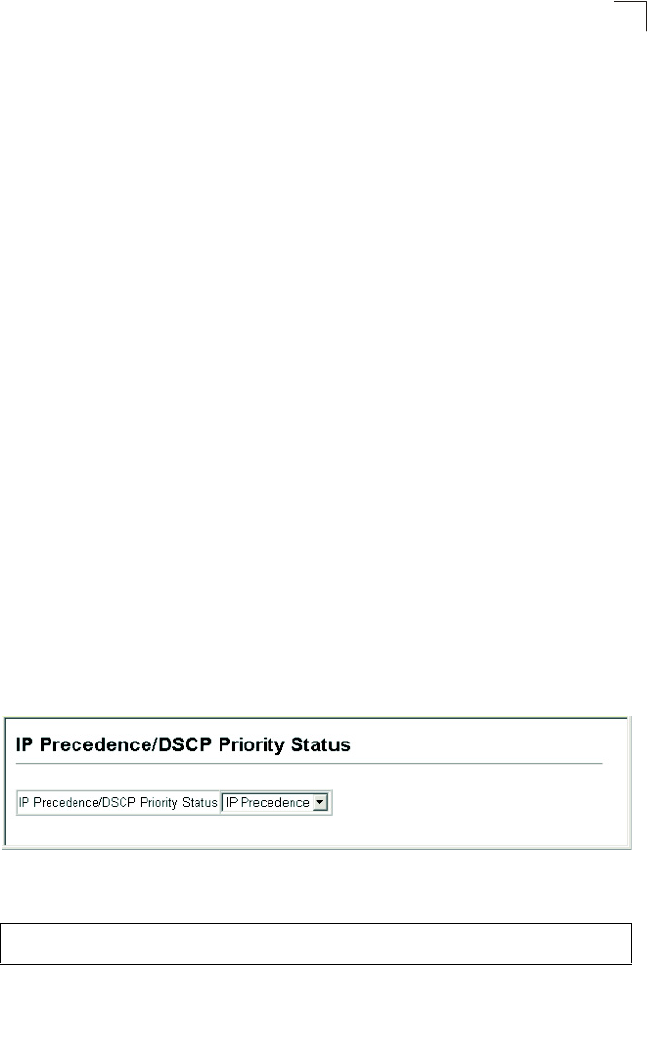
Class of Service Configuration
3-131
3
Layer 3/4 Priority Settings
Mapping Layer 3/4 Priorities to CoS Values
This switch supports several common methods of prioritizing layer 3/4 traffic to meet
application requirements. Traffic priorities can be specified in the IP header of a
frame, using the priority bits in the Type of Service (ToS) octet or the number of the
TCP port. If priority bits are used, the ToS octet may contain three bits for IP
Precedence or six bits for Differentiated Services Code Point (DSCP) service. When
these services are enabled, the priorities are mapped to a Class of Service value by
the switch, and the traffic then sent to the corresponding output queue.
Because different priority information may be contained in the traffic, this switch
maps priority values to the output queues in the following manner:
• The precedence for priority mapping is IP Port Priority, IP Precedence or DSCP
Priority, and then Default Port Priority.
• IP Precedence and DSCP Priority cannot both be enabled. Enabling one of these
priority types will automatically disable the other.
Selecting IP Precedence/DSCP Priority
The switch allows you to choose between using IP Precedence or DSCP priority.
Select one of the methods or disable this feature.
Command Attributes
• Disabled – Disables both priority services. (This is the default setting.)
• IP Precedence – Maps layer 3/4 priorities using IP Precedence.
• IP DSCP – Maps layer 3/4 priorities using Differentiated Services Code Point
Mapping.
Web – Click Priority, IP Precedence/DSCP Priority Status. Select Disabled,
IP Precedence or IP DSCP from the scroll-down menu.
Figure 3-76. IP Precedence/DSCP Priority Status
CLI – The following example enables IP Precedence service on the switch.
Console(config)#map ip precedence 4-197
Console(config)#



